Nofima scientists found that high UV light dosage isn’t required to eliminate most pathogens
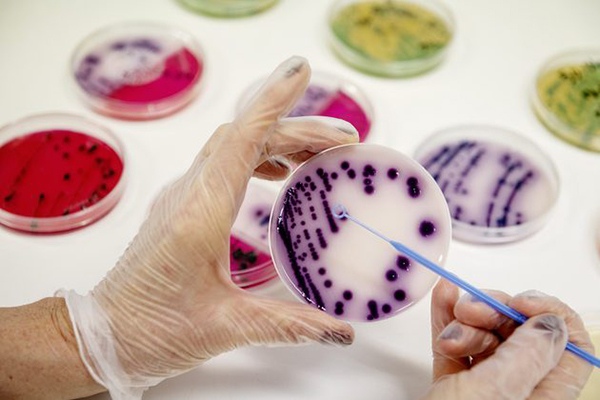
Ultraviolet (UV) light can kill 99.9 percent of bacteria and viruses found in the inlet water of aquaculture facilities, but how large should the doses be? Researchers at Norwegian food research institute Nofima may reveal some answers that could lead to reduced energy costs for aquaculture operations.
When disinfecting water with UV light, special UV lamps are used that emit light of a certain wavelength: low or medium pressure. These UV light waves can interfere with the DNA found in harmful micro-organisms.
UV dose is another characteristic crucial disinfection: the harder it is to kill a pathogen, the higher the UV dose required and vice-versa. According to adopted guidelines from the Norwegian authorities, 25 mJ/cm2 is a minimum UV dose to apply.
However, using ultraviolet light is costly, both in the energy spent and the special lamps. So, is it necessary to use high doses on all pathogens? A new study from Nofima indicates that “there is a lot of gain” from adapting the UV dose to the specific pathogen.
“Because UV treatment of intake water is so energetically costly, it will be more economically sustainable to use the exact dose that is necessary to eliminate a specific pathogen,” said Nofima scientist, Vasco Mota. “Neither more nor less. We tested different doses to find out which dose leads to a 99.9 percent reduction of various pathogens. We do not require particularly high doses for most pathogens.”
The study was conducted by two graduate students, Kari Justad (The Arctic University of Norway) and Miguel Guerreiro (University of Algarve, Portugal), at Nofima Tromsø laboratories. Collaborating with Nofima technicians and researchers, they used two UV Collimated Beam Apparatus to investigate six different pathogens:
- Two viruses: IPNV and ISAV
- Three bacteria: Yersinia ruckeri, Moritella viscosa and Tenacibaculum spp.
- One copepodite: salmon sea lice
- Two different UVC technologies of distinct wavelength lengths (λ) were used; a low-pressure (254 nm), and a medium pressure (220–300 nm).
“The IPNV is the only one of the five virus and bacteria we have tested that required a very high dose,” said Mota. “Luckily, there is a vaccine against it. All the other pathogens were eliminated using UV doses typically below 10 mj/cm2.”
Seawater for the trials was collected at depths of two and 40 meters at two different sites: one close to a salmon farm, and one that hadn’t been influenced by fish farms. Two different UV-C techniques of distinct wavelength (λ) were used during the trials: low pressure of 254 nanometers and medium pressure between 220–300 nanometers. In all the trials, 99.9 percent of pathogens were eliminated using a lower dose – and therefore a lower cost – than mandated by authorities.
“These results may indicate that there is a need to assess the UV doses that are required to disinfect the intake water of aquaculture facilities, which could potentially reduce energy costs regarding UV disinfection,” said Mota. “The exception in our trials was the IPN virus which required a high UV dose, but the existence of a vaccine for this virus reduces the need to eliminate it. All the other pathogens were eliminated using much lower doses.”
Mota said it’s much harder to kill salmon lice without using “absurdly high” UV doses of > 100 mj/cm2). The study also found that water disinfection using UV is relevant for inlet water in land-based farms. This includes both flow-through systems and RAS and semi-closed containment facilities at sea. However, Mota said that the facilities at sea pose a challenge because of the “enormous” volumes of water that are used.
“Up to 100,000 liters of water per minute,” said Mota. “It is not possible to use low-pressure UV when working with these amounts of water.”
With aquaculture facilities growing larger all the time, Mota said medium pressure UV is easier to scale up.
“Medium pressure UV also attacks the proteins and enzymes, the machinery that the harmful microorganisms use to repair cell damage,” said Mota. “As a result, UV disinfection efficiency is further strengthened.”
According to the Nofima scientists, UV rays do not harm the salmon or impact the environment. The UV treatment takes place when the water is en route into the facility where the fish are located. That means the salmon are never exposed to the UV rays, regardless of the chosen method.
“In this sense, UV is a perfectly acceptable technology to use for disinfecting water,” said Mota.
In the next phase, new trials will be carried out at four commercial fish farms in 2022. UV disinfection will be tested using clear seawater – which is common during summer and winter – and with murkier seawater, which typically occurs because of algae growth during spring and autumn.
“We will not be adding pathogens in these trials,” said Mota. “Instead, we will treat what is naturally found in the water.”
Follow the Advocate on Twitter @GSA_Advocate
Now that you've reached the end of the article ...
… please consider supporting GSA’s mission to advance responsible seafood practices through education, advocacy and third-party assurances. The Advocate aims to document the evolution of responsible seafood practices and share the expansive knowledge of our vast network of contributors.
By becoming a Global Seafood Alliance member, you’re ensuring that all of the pre-competitive work we do through member benefits, resources and events can continue. Individual membership costs just $50 a year.
Not a GSA member? Join us.
Author
Tagged With
Related Posts
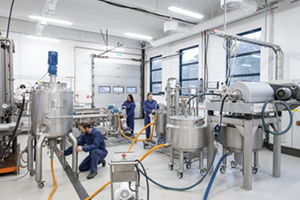
Aquafeeds
Nofima identifies optimal feed components for the sea lice cleaner fish ballan wrasse
A Nofima study has identified key feed components for ballan wrasse, a sea lice cleaner fish important to Norway's salmon industry.
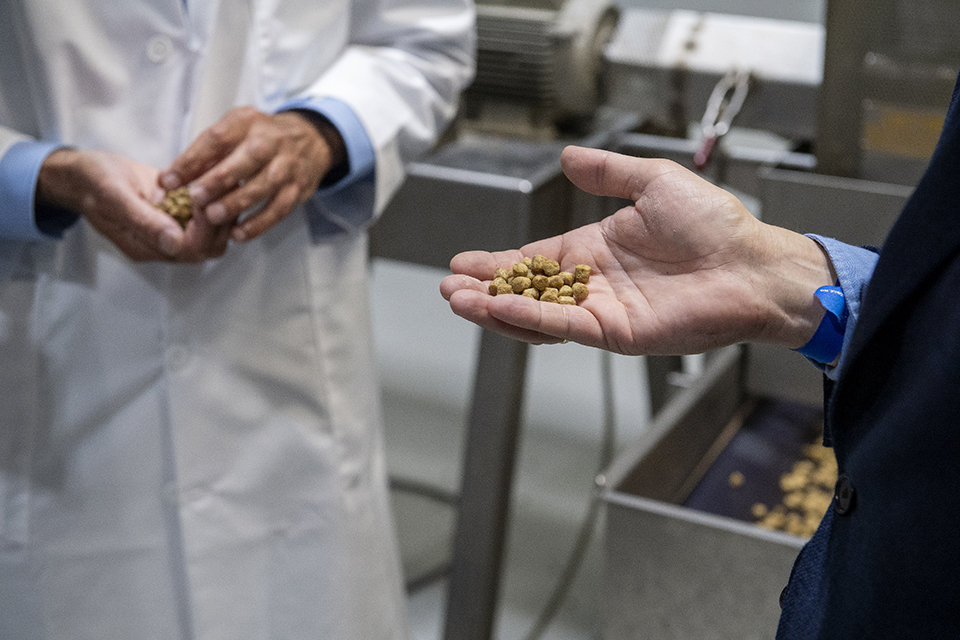
Aquafeeds
Nofima launches collaborative project to develop sustainable ingredients for farmed salmon
Nofima has launched the Millennial Salmon Project, a collaborative research initiative to develop sustainable ingredients for farmed salmon.
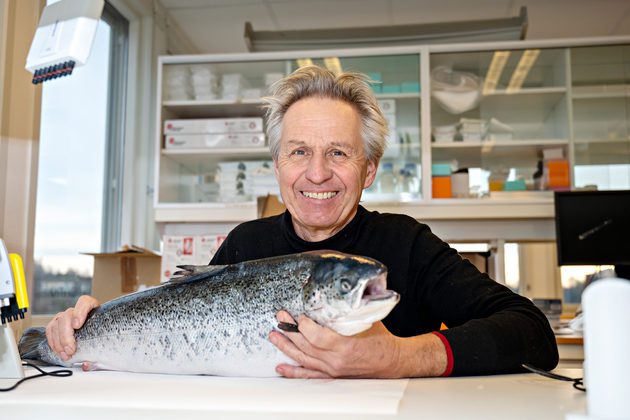
Health & Welfare
Nofima unlocks ‘promising’ method for sterilizing farmed salmon at embryotic stage
A new technique for sterilizing farmed salmon at the embryonic stage could limit the impact of escaped farmed salmon in rivers.
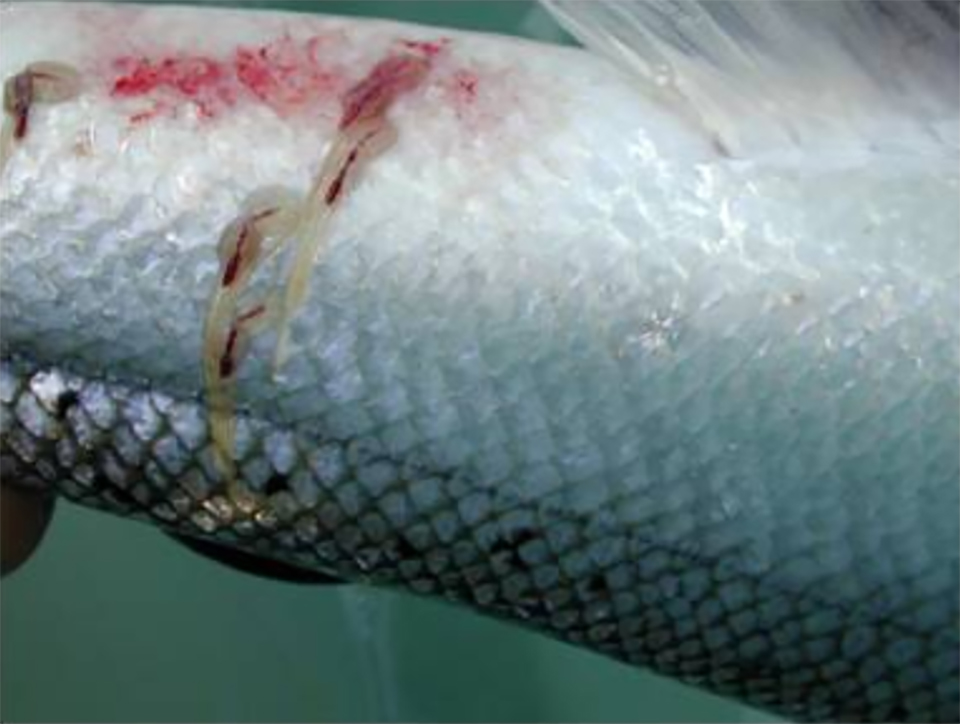
Health & Welfare
Norwegian researchers develop sea lice tracking model
An operational salmon lice model calculates sea lice infestation pressure all along the Norwegian coast in near real-time, based on a hydrodynamical ocean model and a salmon lice particle tracking model.



